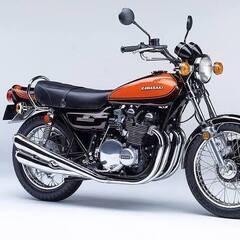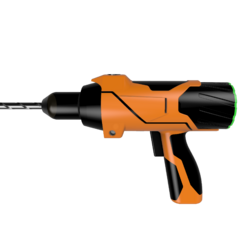Looking for a good surge protector

By
Cifer
in Power Supplies
in Power Supplies
Go to solution
Solved by HanZie82,
The voltage will vary anyway, its more an indication of where it will be about.
(I have 230V on the socket, as soon as i turn on my 3,2kW oven that drops to about 220V-225V.)
-
Featured Topics
-
Topics
-
VirusDumb ·
Posted in Looking For Group0 -
Gat Pelsinger ·
Posted in Linux, macOS and Everything Not-Windows1 -
2
-
Sai125943 ·
Posted in New Builds and Planning0 -
2
-
eric_s ·
Posted in Troubleshooting2 -
Bublito ·
Posted in Troubleshooting3 -
3
-
1
-
7
-




.thumb.jpg.ab6821c090888206ddcf98bb04736c47.jpg)













Create an account or sign in to comment
You need to be a member in order to leave a comment
Create an account
Sign up for a new account in our community. It's easy!
Register a new accountSign in
Already have an account? Sign in here.
Sign In Now